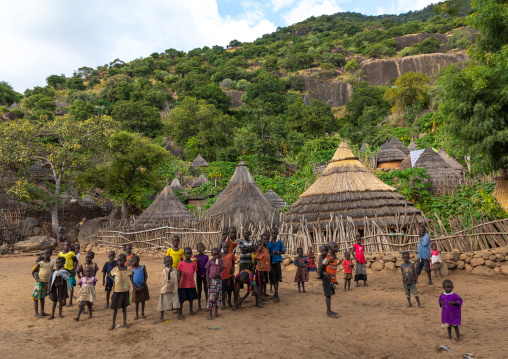A journey to explore, experience and empower
South Sudan, the world's youngest nation, is a land of breathtaking beauty, rich culture, and diverse wildlife. Despite its recent history of conflict, South Sudan is rapidly emerging as a tourist destination, offering an off-the-beaten-path adventure for intrepid travelers
Cultural Tapestry
South Sudan is home to over 60 ethnic groups, each with its own unique language, customs, and traditions. This cultural diversity is evident in the country's music, dance, art, and cuisine. Visitors can experience this rich heritage firsthand by visiting traditional villages, attending cultural festivals, and interacting with the local people.
Natural Splendor
South Sudan is blessed with stunning natural beauty, from vast savannas and lush rainforests to towering mountains and pristine lakes. The Boma Plateau, the Imatong Mountains, and the Sudd wetlands are just a few of the country's many natural wonders. Visitors can enjoy hiking, camping, birdwatching, and wildlife viewing in these breathtaking landscapes.
Wildlife Encounters
South Sudan is home to an abundance of wildlife, including lions, elephants, giraffes, buffaloes, and crocodiles. Visitors can go on game drives, boat safaris, and walking safaris to see these magnificent creatures in their natural habitat.
Best tourists activities in south Sudan.
South Sudan is a fascinating country with a rich culture and stunning natural beauty. While it is still recovering from a long history of conflict, it is slowly opening up to tourism and offers a unique and unforgettable experience for those who dare to venture off the beaten path. Here are some of the best tourist activities in South Sudan.
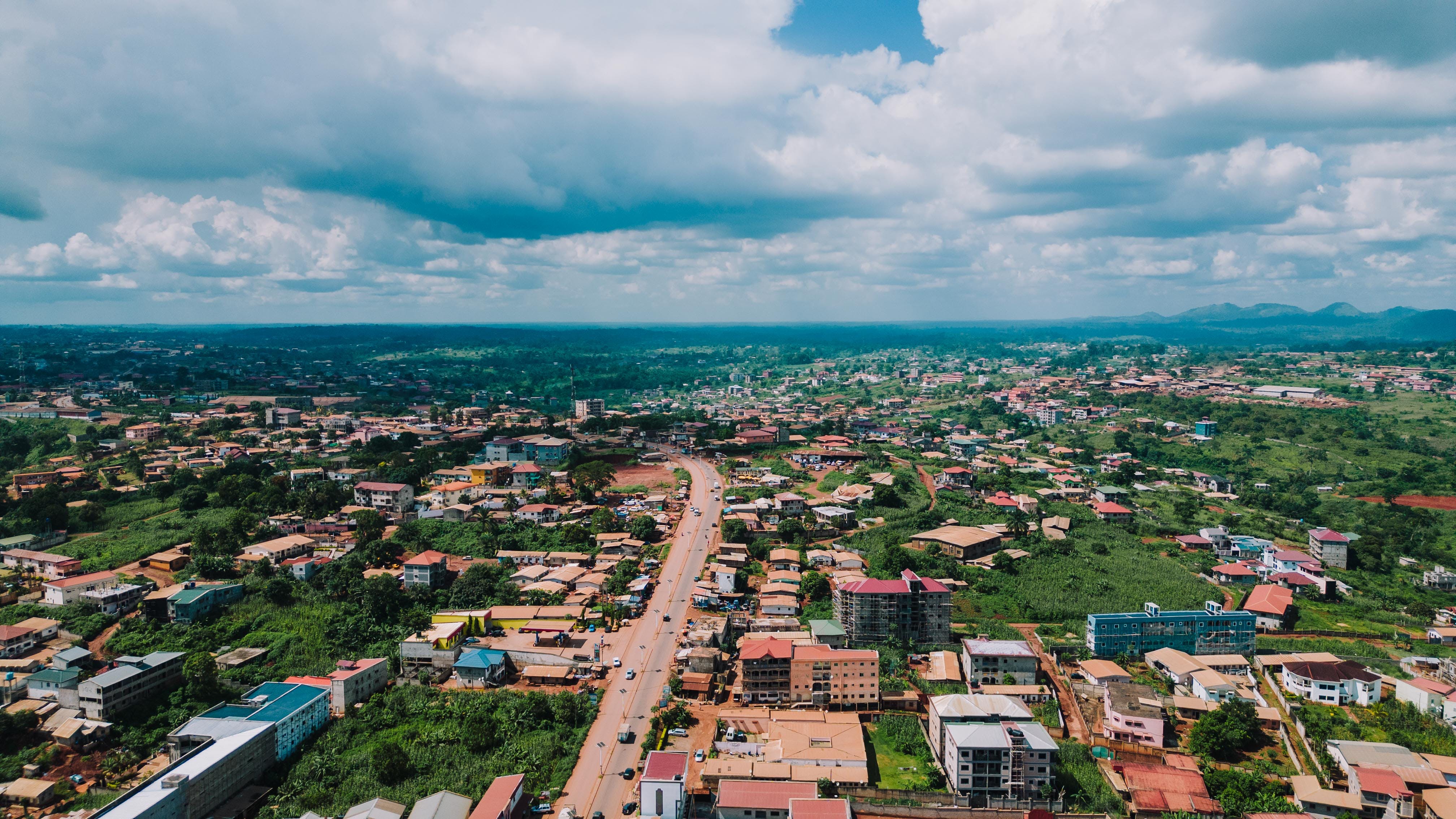
JUBA
Juba is the capital and largest city of South Sudan. It is located on the White Nile River and is the country's economic and political center. Juba is a bustling city with a mix of traditional and modern architecture. It is home to the National Museum, the John Garang Mausoleum, and the Juba Cathedral
BOMA NATIONAL PARK
Boma National Park is a protected area in eastern South Sudan, near the Ethiopian border. It was established in 1977 and covers 22,800 square kilometers (8,800 square miles) of grasslands and floodplains.
Boma National Park is home to a variety of wildlife, including lions, elephants, giraffes, buffaloes, crocodiles, hippopotamuses, and zebras. The park is also home to a number of birds, including the shoebill stork, the marabou stork, and the African fish eagle.
The park is a popular destination for birdwatchers and wildlife enthusiasts. Visitors can go on game drives, boat safaris, and walking safaris to see the park's wildlife. The park is also a great place to camp and hike.
The park is relatively easy to access, as it is located near the Juba-Gambella highway. However, visitors should be aware that the park's infrastructure is still developing, so be prepared for some rough roads and basic accommodations.
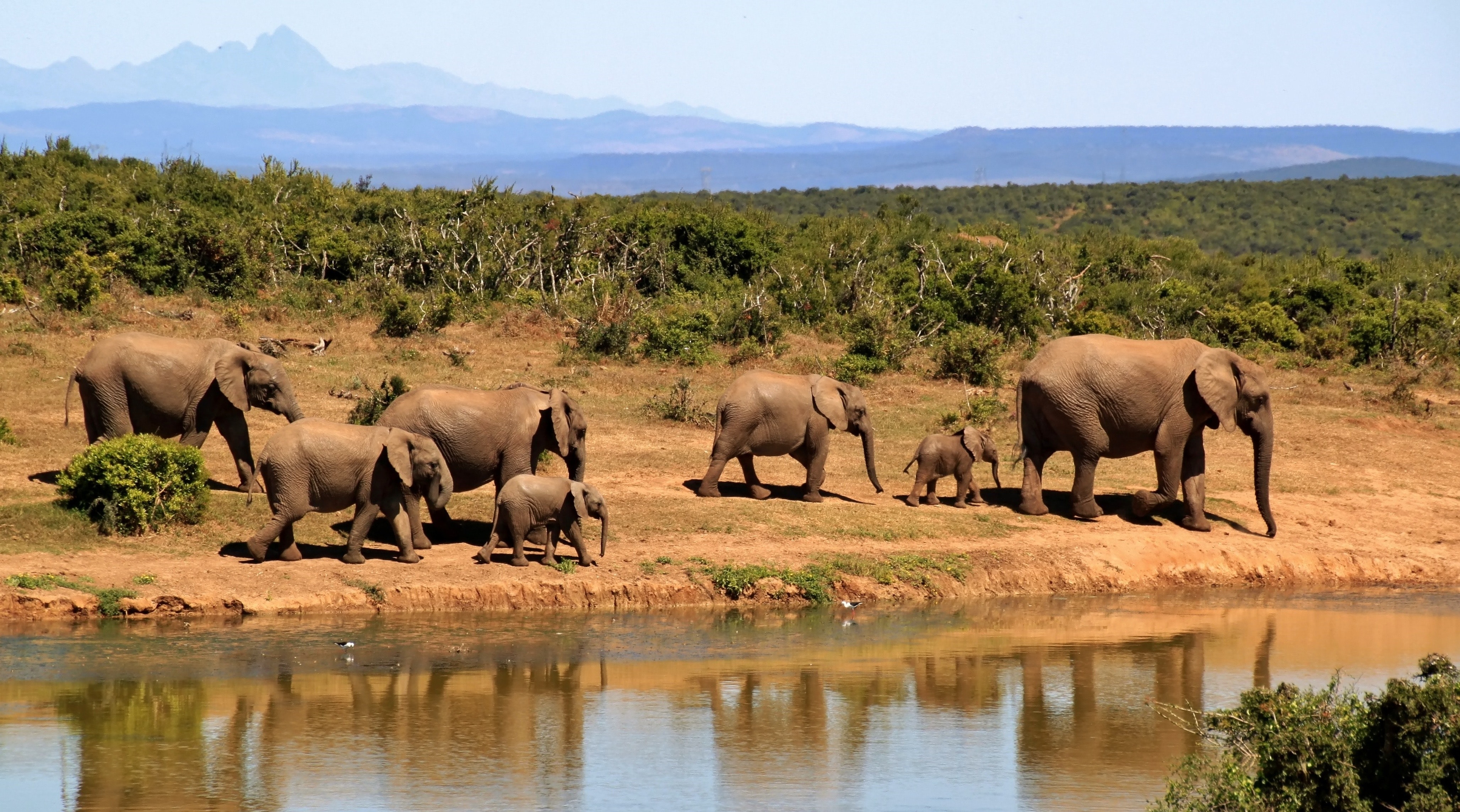
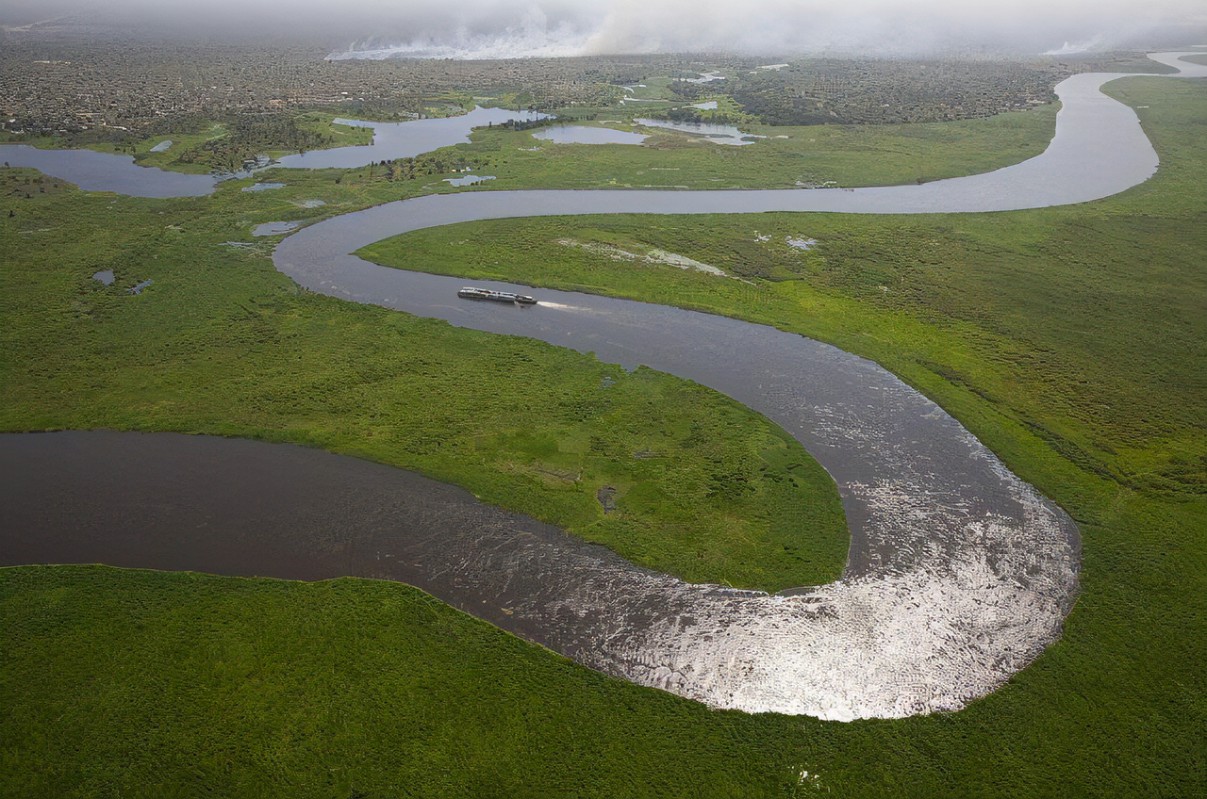
THE SUDD
The Sudd is the largest freshwater swamp in the world, covering an area of approximately 50,000 square kilometers (19,000 square miles) in South Sudan. The swamp is formed by the White Nile River, which spills over its banks during the wet season, creating a vast expanse of water and vegetation.
The Sudd is a vital ecosystem for a variety of wildlife, including elephants, giraffes, lions, crocodiles, hippopotamuses, and a wide variety of birds. It is also an important source of water for the people of South Sudan.
The Sudd is a challenging place to visit, as it is remote and not well-developed. However, it is a truly unique and rewarding destination for those who are willing to venture off the beaten path.
The Mundari people are a Nilotic ethnic group inhabiting the western and central regions of South Sudan. They are known for their distinctive cattle-herding culture, their elaborate tribal markings, and their unique language, which is part of the Nilo-Saharan language family.
The Mundari people have a rich history and culture, dating back to ancient times. They were traditionally nomadic pastoralists, following their herds of cattle across the vast grasslands of South Sudan. Their cattle are not only a source of food and wealth, but also an integral part of their culture. The Mundari people have a deep spiritual connection with their cattle, and they often treat them as members of their family.
MUNDARI PEOPLE
The Mundari are a Nilotic ethnic group who are known for their distinctive cattle-herding culture and elaborate tribal markings. They live in the western and central regions of South Sudan, and their traditional way of life is based on pastoralism. Cattle are not only a source of food and wealth for the Mundari, but they are also considered sacred animals. Mundari men wear intricate scarification patterns on their faces and bodies, while women wear beaded necklaces and bracelets. These markings have symbolic meaning, representing the wearer's status, tribe, and achievements.
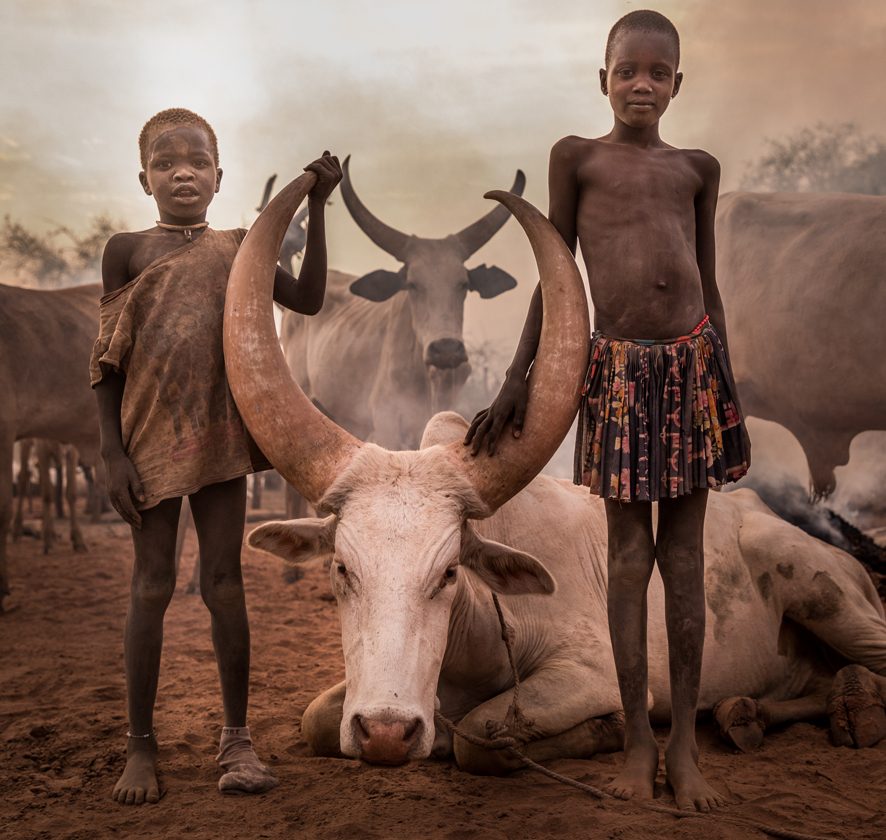
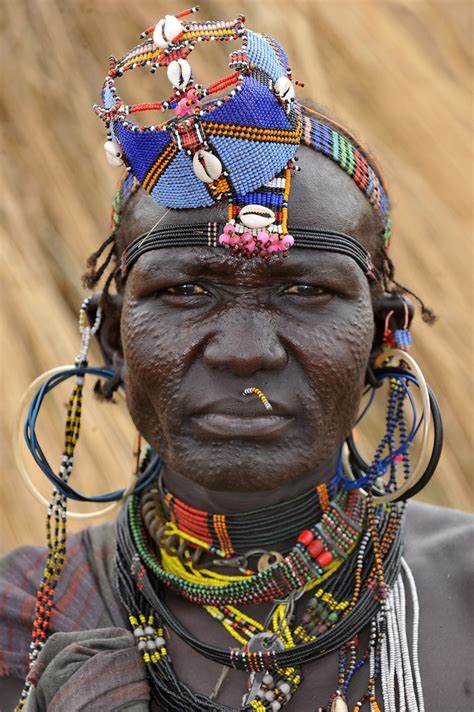
JIE PEOPLE
The Jie are also a Nilotic ethnic group who are known for their warrior culture. They live in the southeastern part of South Sudan, and their traditional way of life is based on herding cattle and goats. Jie men are skilled cattle raiders, and they are often involved in conflicts with other ethnic groups. Jie women are responsible for the household and for raising children. They are also skilled weavers and potters.
TOPOSA PEOPLE
The Toposa are a Nilo-Saharan ethnic group who are known for their tall stature and fierce warriors. They live in the eastern part of South Sudan, and their traditional way of life is based on herding cattle.
Toposa men are skilled warriors, and they are often involved in conflicts with other ethnic groups. Toposa women are responsible for the household and for raising children. They are also skilled weavers and potters.
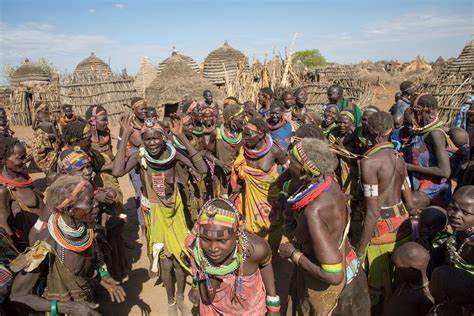
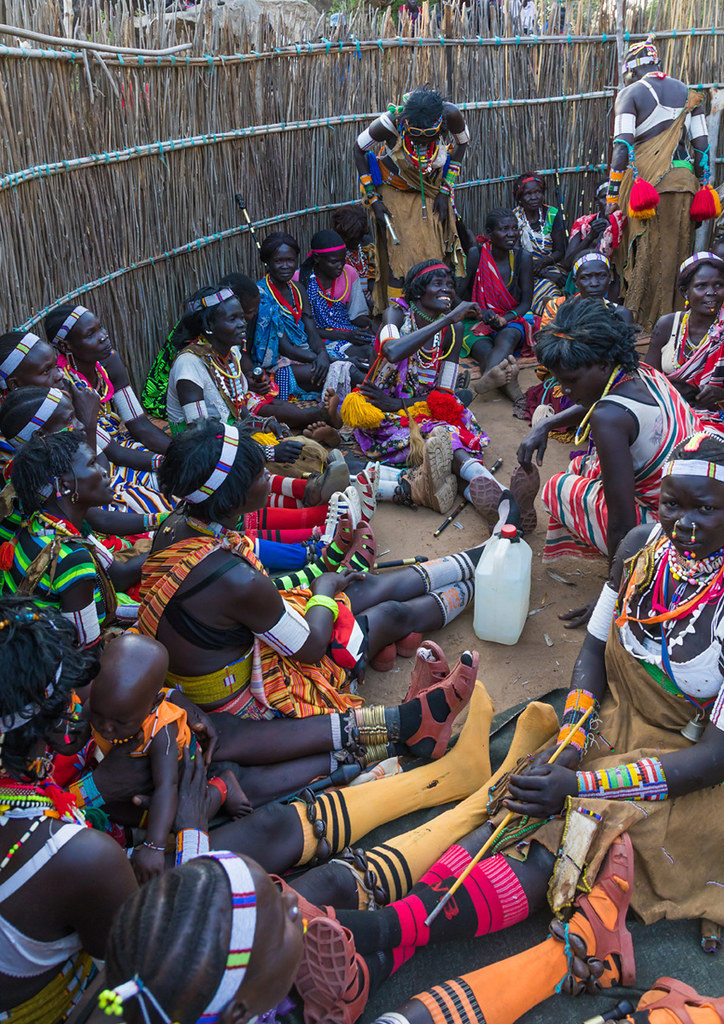
LARIM PEOPLE
The Larim are a Nilo-Saharan ethnic group who are known for their unique cultural traditions. They live in the southeastern part of South Sudan, and their traditional way of life is based on a combination of agriculture and pastoralism.
Larim men are skilled farmers and herders, while women are responsible for the household and for raising children. Larim people are known for their traditional dances and music, which are often performed at festivals and ceremonies.
LOTUKO PEOPLE
The Lotuko are a Nilo-Saharan ethnic group who are known for their distinctive language and culture. They live in the southeastern part of South Sudan, and their traditional way of life is based on a combination of agriculture and pastoralism.
Lotuko men are skilled farmers and herders, while women are responsible for the household and for raising children. Lotuko people are known for their traditional dances and music, which are often performed at festivals and ceremonies.
